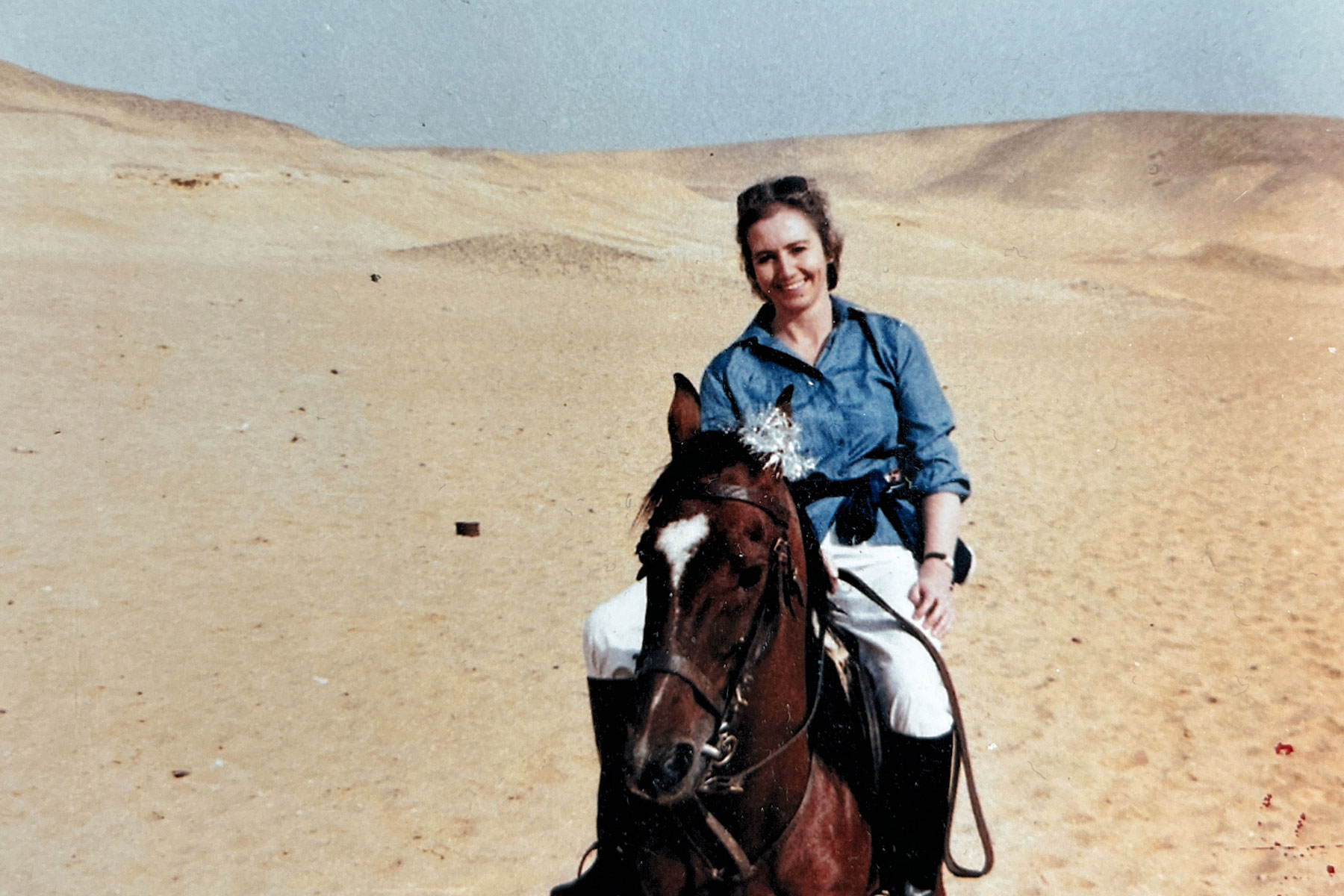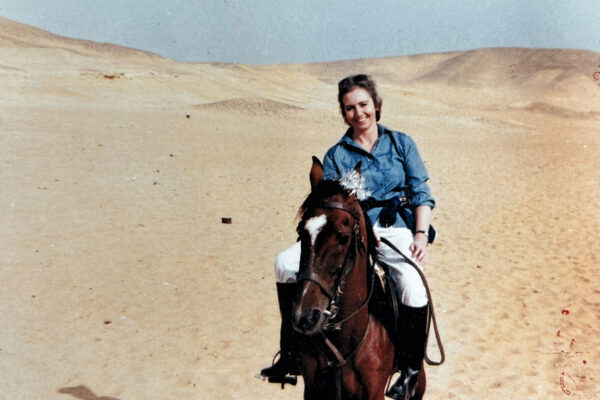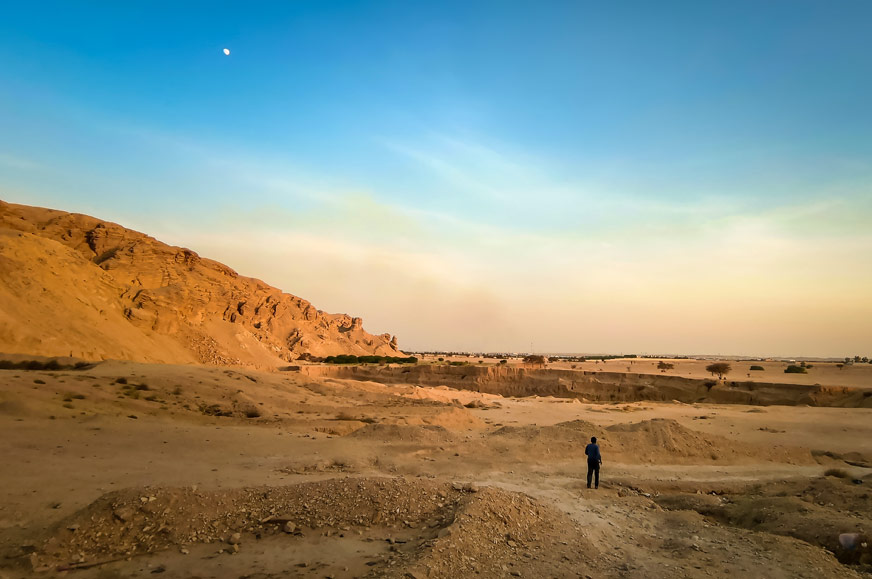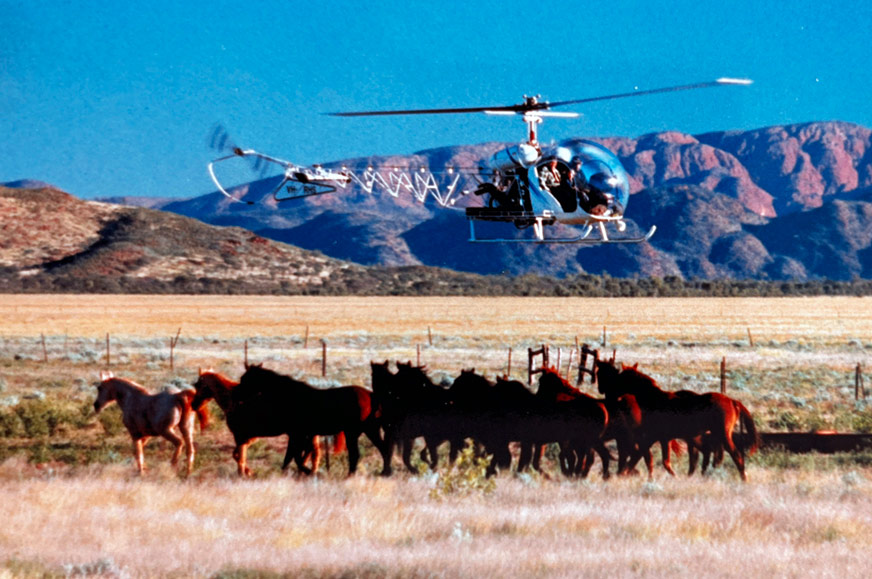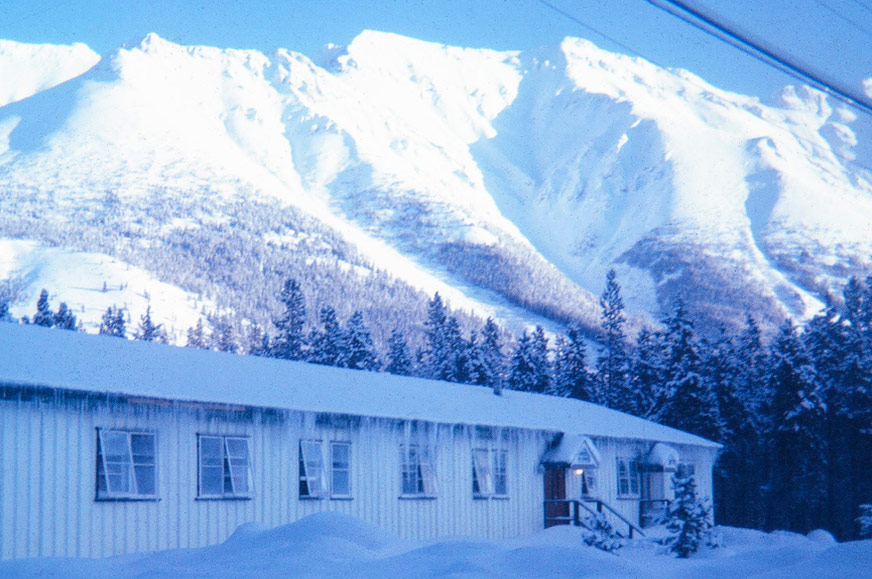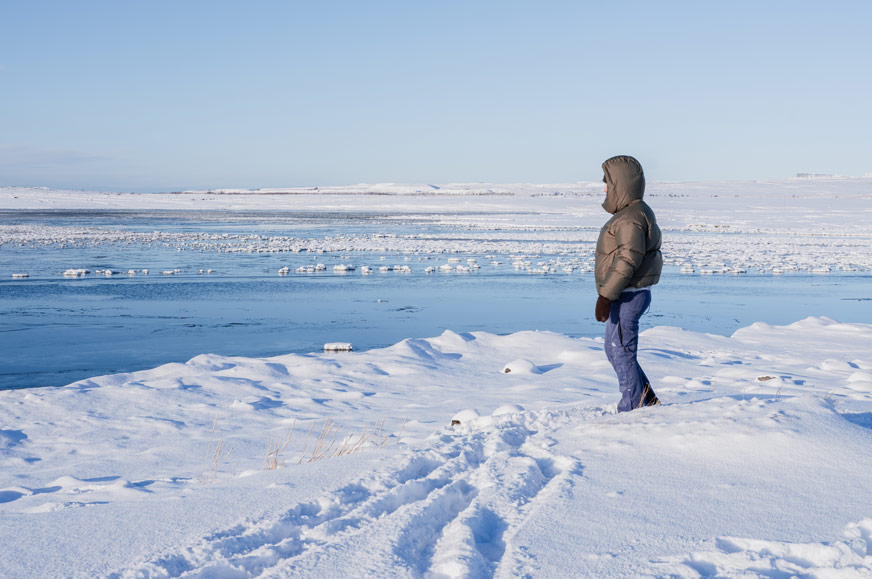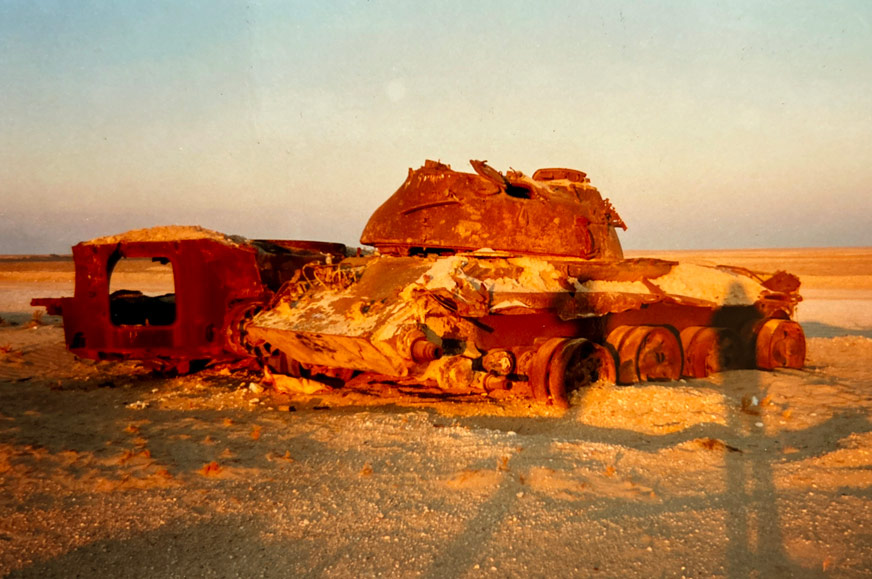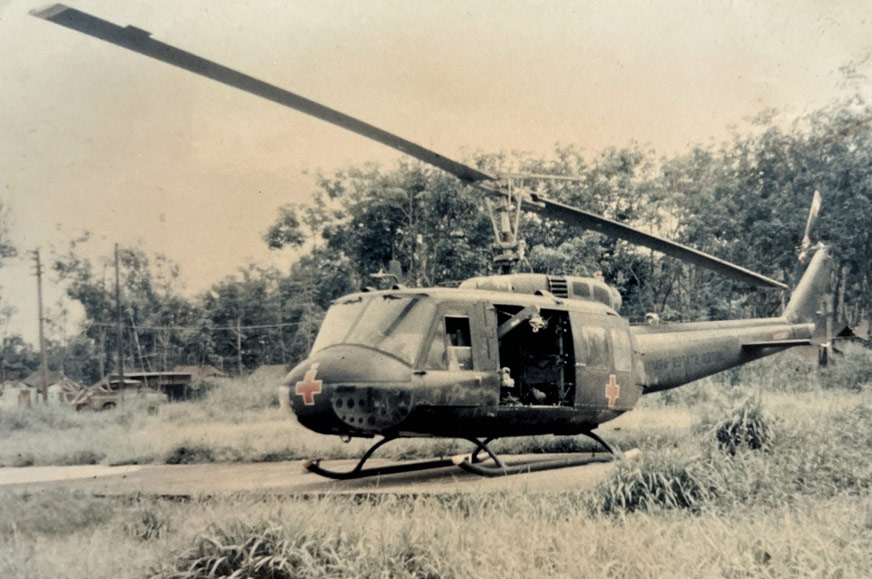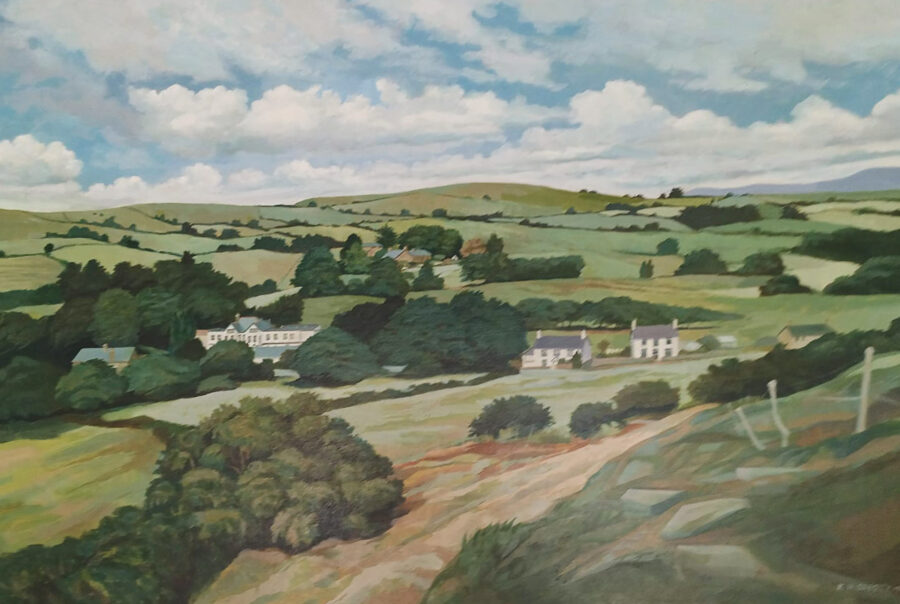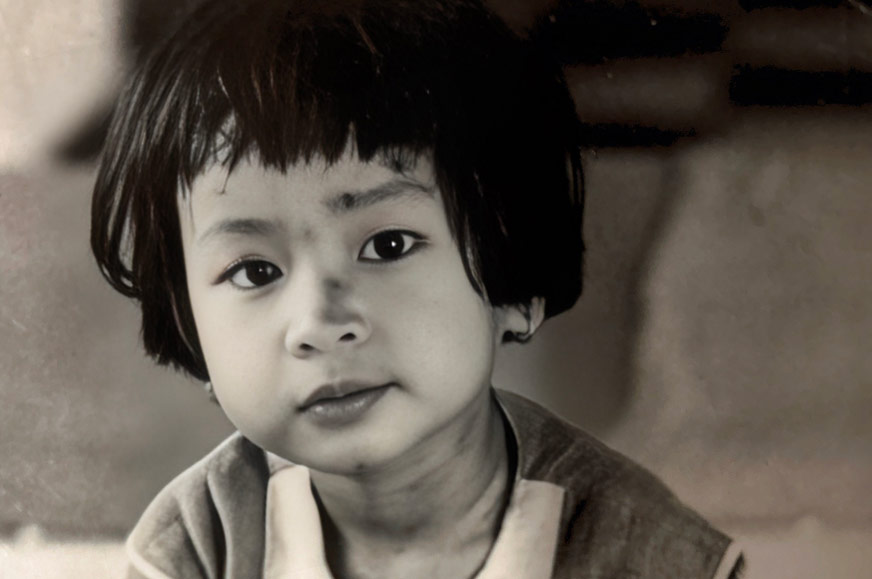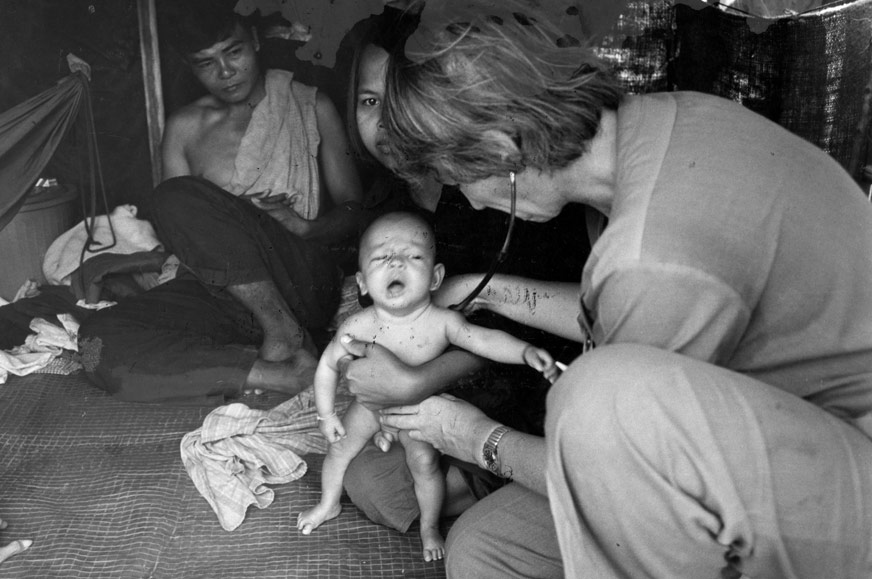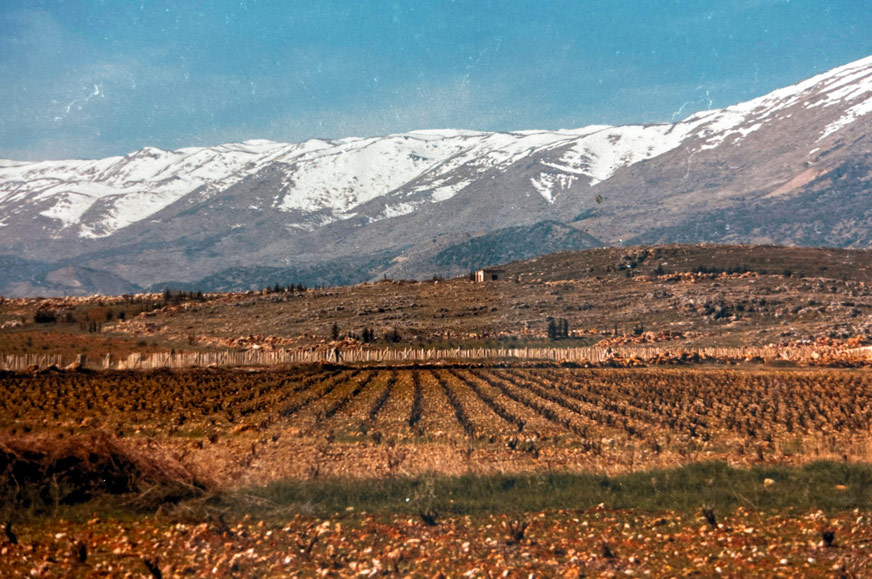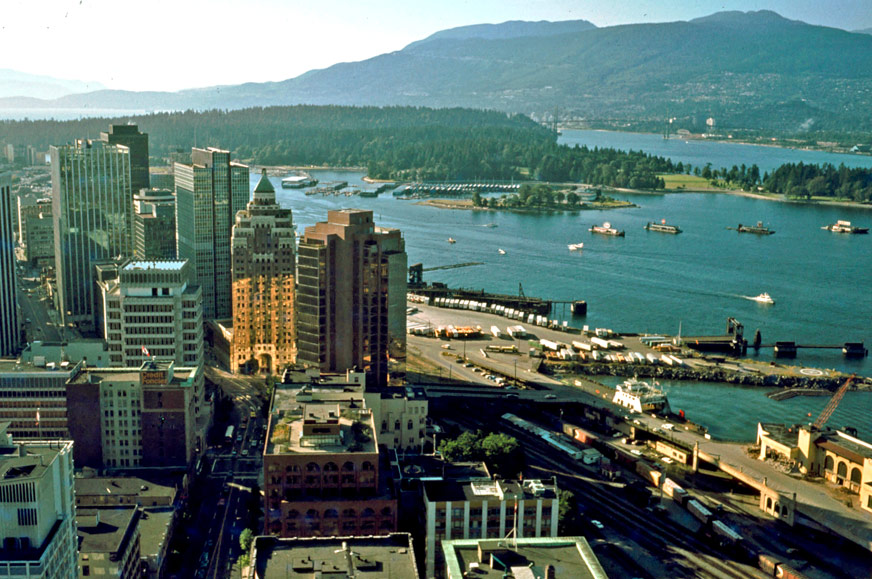Cairo, 1981-1983. My first Middle East experience was like a magic carpet ride through a sensory overload of colours, smells, sights and sounds of a culture so different from my own.
I learned of the acres of rose farms flourishing in the fertile Nile delta, exporting to European cities, who would know? A stroll through the spice and perfume sections of the Khan Khalili souk is a delicious assault on the senses. An unlikely, but delicious culinary delight was the renowned pigeon pie restaurant in the town of Tanta when en route to the sparkling seas at Alexandria.
It was here I celebrated one of my most memorable Christmases. At 4am on 25th Dec 1982, 16 of our hospital personnel, hailing from all parts of Britain, rode on horseback across the desert. From the pyramids of Giza to the pyramids of Saqqara which mark the cemetery for Memphis, the capital of ancient Egypt, we rode into the warmth of a spectacular sunrise. It took 3 hours. We carried with us only food and drink found in the bible. There was cheese, figs, milk, water, wine, fish, bread, fruit and vegetables, nuts, seeds and honey. Fresh carrots, and crunchy apples for our horses and a little tinsel entwined in the reins. Perfect.
The splendour of the temples at Luxor is breathtaking; The Valley of the Kings and Queens speak to us of ancient dynasties, but my favourite place was Aswan. The serenity and slower pace are a welcome break from the pressures of over crowded Cairo. This small town has an African feel to it and historically has been a garrison town for the Romans; the Turks, General Kitchener’s men and now Egyptian soldiers. But the tall, dignified Nubians living there are what give the area it’s special character.

